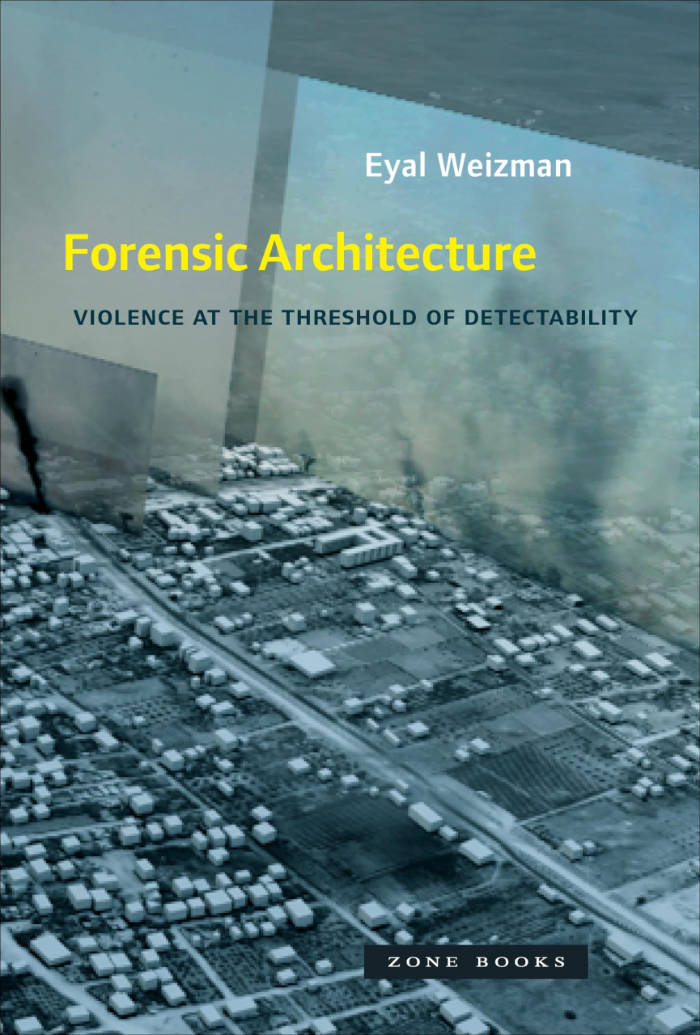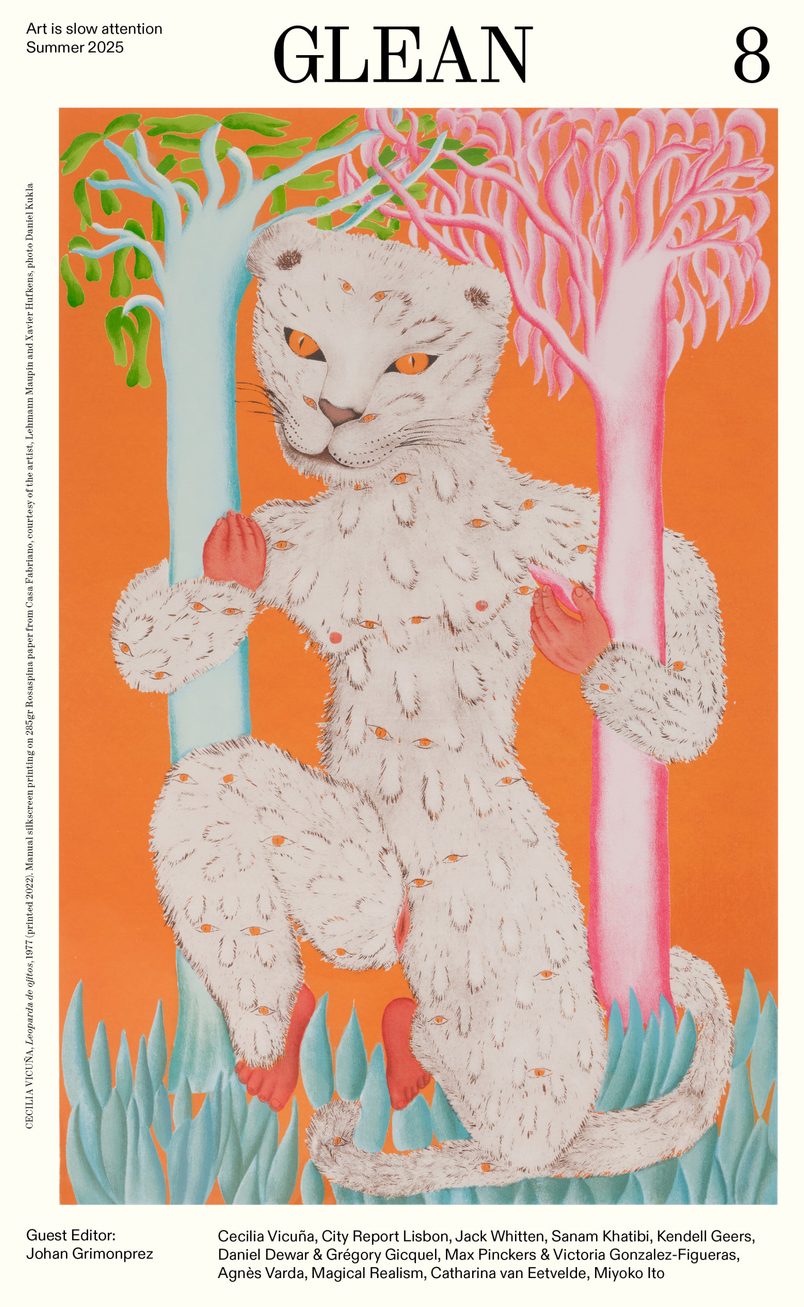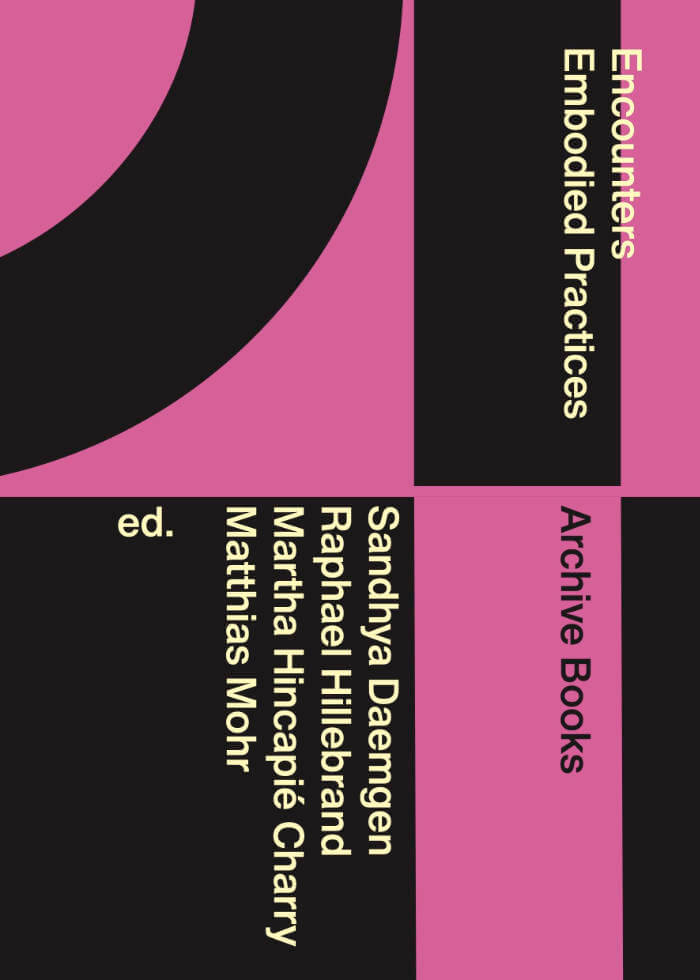
… Through Practices
Alex Arteaga ed., Heike Langsdorf ed.
The books included in the series ‘Choreography as Conditioning’ are rooted in a cycle of work sessions entitled CASC at KASK, in which students work together with invited guests. They explore the notions of choreography, understood as ways of organizing subjects in their surroundings, and conditioning in both art-making and society-making. Where, how, and by whom are things organized and what kind of landscapes of experience are made (im)possible by the practices we enact and encounter?
‘… Through Practices’ is written by artist researchers who have been involved in a three-day public symposium with the same title, exploring ecologies of attention, awareness, senses of participation, and agencies of practice. It presents resonances and sedimentations of individual, shared, and collective practices, mirroring different forms of participating and responding—diverse in/capacities, im/possibilities, and dis/interests as they appear in and through experience.
Published in 2021 144 pages






